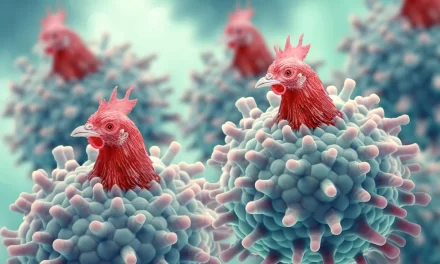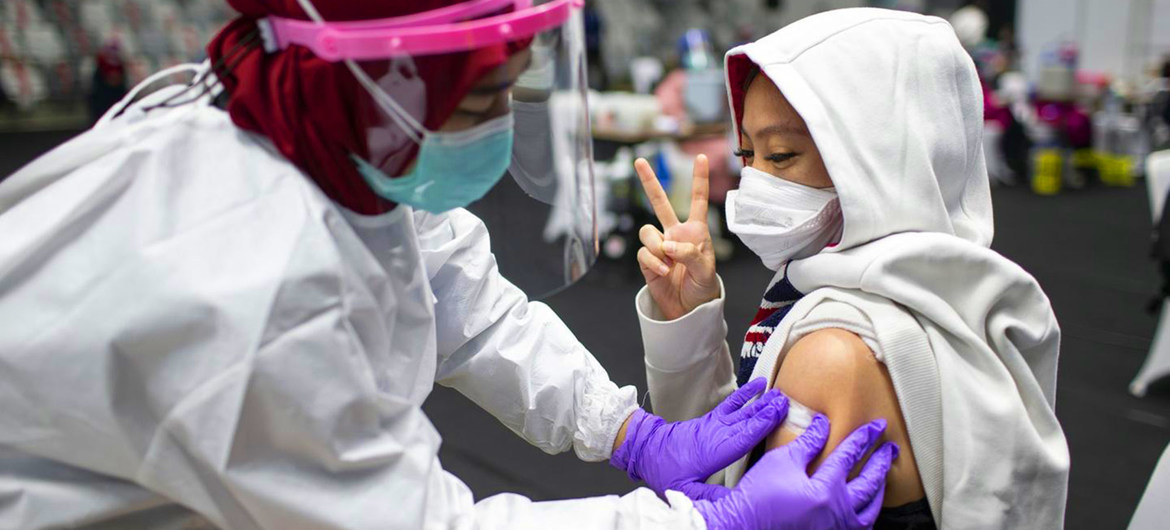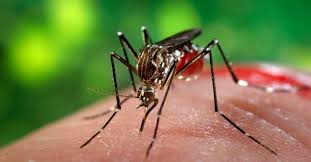
On October 21st, World Iodine Deficiency Day spreads awareness for the role that iodine has in the health of the human body. The day is also called Global Iodine Deficiency Disorders Prevention Day.
Iodine is a mineral that the body needs to make thyroid hormones. These hormones play a role in several bodily functions, including heart rate, metabolism, body temperature, and muscle contractions. Thyroid hormones also control the rate at which dying cells get replaced. When the body doesn’t get enough iodine, all of these bodily functions are affected.
Low iodine levels also result in:
- Swelling in the neck
- Unexpected weight gain
- Fatigue and muscle weakness
- Hair loss
- Dry skin
- Trouble learning
- Irregular periods
When pregnant mothers are deficient in iodine, it could result in stillbirth. It could also lead to mental retardation, speech impairments, and deafness in children.
According to the latest statistics, one-third of the world’s population has an iodine deficiency. Eating certain foods can increase the body’s iodine levels, though. Fish, such as cod and tuna and shrimp and seaweed, are all high in iodine. Dairy products, such as yogurt, milk, and cheese, are also good sources of iodine. One of the best sources of iodine is iodized salt.
Adults should get 150 mcg of iodine each day, and pregnant women should get 220 mcg. While most people in the United States and Canada get enough iodine, 2 billion people worldwide still have iodine deficiencies. Regions with the highest cases of iodine deficiency include Western Pacific, Southeast Asia, and Africa.
WORLD IODINE DEFICIENCY DAY HISTORY
At the World Summit for Children in 1990, world leaders set a goal to eliminate iodine deficiencies by the year 2000. In the years following, countries such as India and China launched their own National Day for the Prevention of Iodine Deficiency Disorders. In addition, countries around the world have joined the cause and begun calling it World Iodine Deficiency Day.










